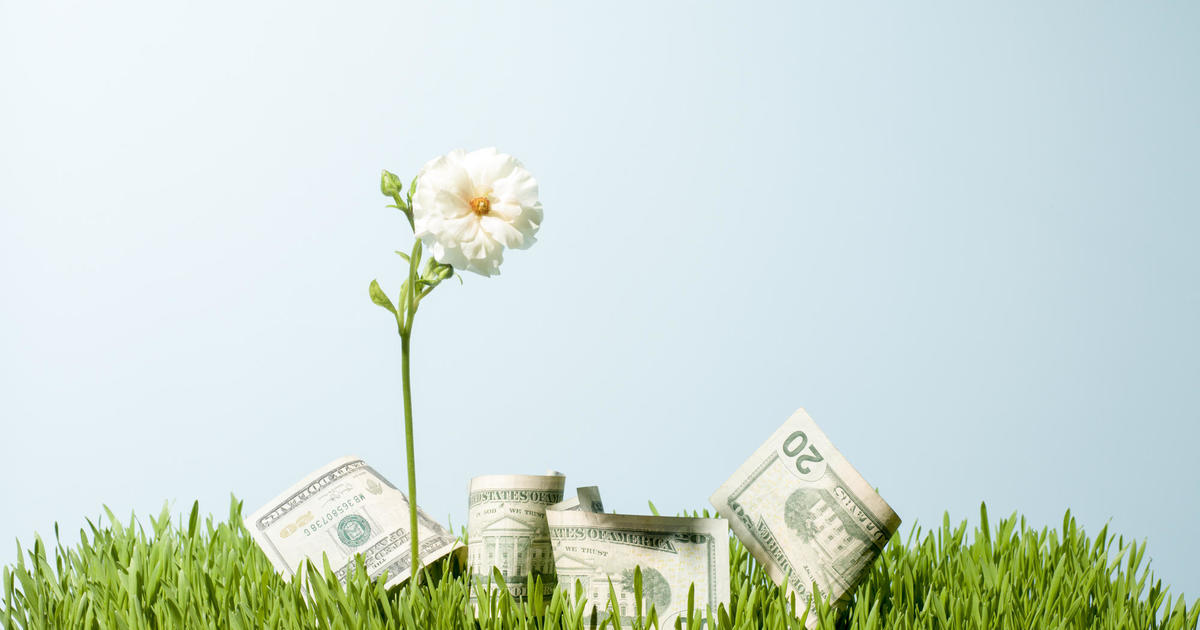Fed hikes push saving account rates to 5-year highs
When the Federal Reserve raised its target range for the benchmark federal funds rate by a quarter of a percentage point last week, it marked the seventh rate hike since December 2015. And finally, after 30 months of gradual Fed rate hikes, consumers are finally seeing a beneficial impact.
This isn't good news for everyone, especially borrowers, who will have to contend with rising rates on everything from credit cards to auto loans. But it bodes very well for savers.
Deposit rates have historically been slow to respond to the Fed rate hikes, but in the last year, significant increases have been seen in all categories of deposit accounts. In particular, the average savings account yield from 6,905 banks and credit unions has reached a level not seen since 2013 -- 0.216 percent as of June 2018.
This recent uptick in savings yields has been a long time coming. In the last five years, the lowest average yield for savings accounts occurred in December 2016, the same month that the Fed raised the target federal funds rate for the second time since it began normalizing rates in 2015.
Then 2016 proved to be a major disappointment for savers who had hoped the Fed rate hike of December 2015 would be the first of several in 2016 and that it would soon lead to climbing deposit rates. Banks were quick to raise credit card and loan rates, but they were slow to raise deposit rates.
The market turmoil and the short economic downturn that took place in early 2016 put downward pressure on rates and contributed to savings account rates reaching a bottom at the end of 2016. In December 2016, the average savings account yield reached a low of 0.177 percent.
So why are things different this time around?
Fortunately, the economic downturn in early 2016 was short-lived, and the Fed was able to hike rates in a consistent, albeit gradual, fashion starting in December 2016 and continuing through 2017 and into 2018. The combination of a strengthening economy and consistent Fed rate hikes eventually lifted deposit rates in 2017.
The average savings account yield rose from its low in December 2016 (0.177 percent) to its five-year high as of June 2018 (0.216 percent). This is an increase of 22 percent. Although that sounds large, the current average yield of 0.216 percent still has a long way to go before it will look appealing to savers.
How to maximize your savings as rates rise
The average savings account yield is indeed still pretty low. But it's not hard to earn an rate that's much higher than this average. Savings accounts at internet banks have much higher yields than the overall average, which is dominated by brick-and-mortar banks and credit unions.
Today's average yield for internet banks is 1.179 percent, which is 5.5 times the yield of the overall average savings account. One nice aspect of internet banks is that savers have access to all of them. Thus, it's easy to choose accounts with above-average rates. As of June 2018, the top internet savings account yield is 2.05 percent.
That means there's no excuse that any saver should be making less than 1 percent on their regular savings.
Will savings rates continue to rise?
The Fed will likely keep raising its target fed funds rate gradually for at least the next year or two. Brick-and-mortar banks haven't been in a hurry to raise their savings account rates, but that may slowly change as the demand for deposits grow. Internet banks have been responding much faster to the Fed rate hikes, and that should also continue. During the Fed rate hikes of 2004 to 2006, internet banks were offering savings account rates close to the fed funds rates. That same condition is happening again in 2018.
Many consumers with credit card and loan balances have been seeing the impact of the Fed rate hikes since December 2015. If consumers want to benefit from these Fed rate hikes, they shouldn't wait for higher savings account rates at their brick-and-mortar banks. Instead, they should move their savings accounts to internet banks.
Ken Tumin is founder and editor of DepositAccounts.com, which has been tracking and rating the savings, CD and checking account offerings of banks and credit unions for more than a decade.



